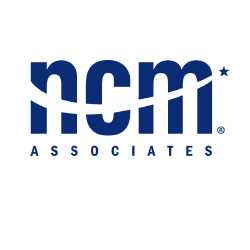Good Failure and Bad Failure: Part II

We know from our many years in the automobile business, that there is an unintentional focus of quantity of time spent at the dealership versus quality of time spent. We say unintentional because no one would actually say, “I think we need to just be here for long hours and not worry about what we actually do while we are here!”
But since there is so little in writing in most dealerships (organizational charts, written processes, written job descriptions, objectives, etc.), it is very difficult to hold people accountable if we have not clearly defined and communicated our expectations.
In Part I of this blog, we used scenarios of good and bad failure. In the bad failure scenario, most everyone in the variable operations was just coming back each day, picking up where they left off, and doing it all over again for ten or twelve hours. There was not a lot of incremental growth to show for it. In the good failure scenario, they were having very specific meetings, processes, and training each day. Everyone was gaining more momentum by becoming more knowledgeable and skilled at their various responsibilities.
In Fixed Ops, an example of bad failure would be having too many customers coming in first thing in the morning because they were told that was the quickest way to get in and out in a timely manner; or having service advisors taking the inbound phone calls from customers who had questions about their car’s needs, which can lead to over- or under-diagnosing. This can also lead to the advisors making time commitments to the customers about shop capacity, and also making commitments about specific technician availability. This can have a negative effect on gross profit margins if too high a skill level technician is assigned to work on lower skilled work.
Good failure can happen when we begin transforming the service drive and the customer experience by having a service appointment coordinator or service BDC taking all inbound service calls. Finding out not just what the customer thinks is going on with their car, but also other things based on time, mileage, or history. This allows us to find out the ideal time for both the customer, and the shop to have the customer come in. This then can give the advisor time to do a walk-around with the customer, which is critical in forming a long term, trusting relationship with the customer. As the vehicle ages, this relationship is necessary so that the customer will allow us to be the one doing all the routine and mechanical maintenance. At the end of each visit the customer’s next service appointment can be set based on time or mileage and entered into the CRM tool for proper follow-up.
We say good failure, because it takes an all-out commitment from the dealer, GM, service manager, service advisors, technicians, Parts Department, and the support staff. For those who have read and remember the book, “Who Moved My Cheese?”, there is going to be a lot of cheese moved, to successfully transform this critical department to be the dealership’s primary customer retention tool.
Good failure is the trial and error it takes when committing best practice processes into your dealership culture. Good failure is when all managers become committed to daily training and managing activities. Good failure is when you begin identifying your people’s true talents by continuing to increase their knowledge and skills.
We love it when Jared Hamilton says, “We need to be committed to daily training, on a weekly basis.” Meaning … ALL THE TIME!
